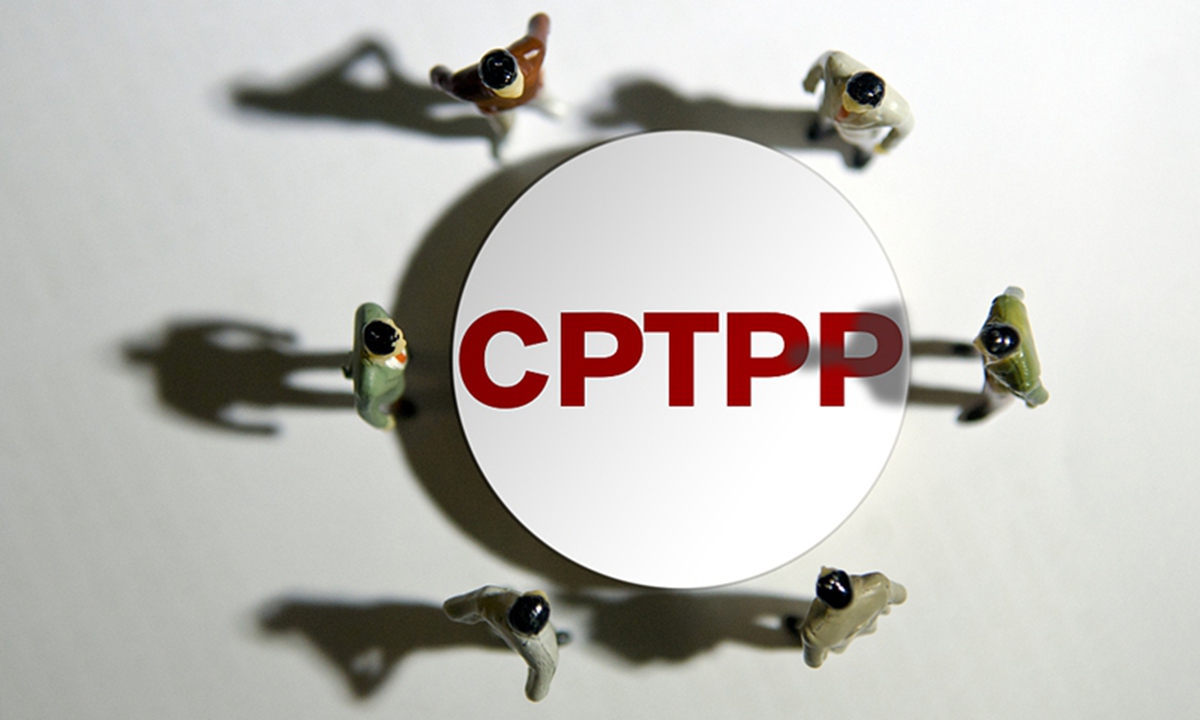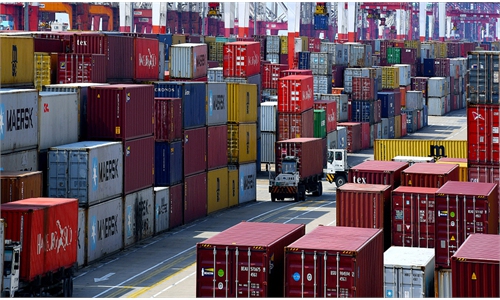
CPTPP photo: VCG
Some people say that gaining access to the Comprehensive and Progressive Agreement for Trans-Pacific Partnership (CPTPP) will be a major test for China, but vice versa, accepting China will also be a significant test for the CPTPP as to whether the free trade treaty could cover a colossal consumption market.New Zealand Trade Minister Damien O'Connor said he would not prejudge China's application to join the CPTPP. But he said that it was up to new applicants to "reach the standards that we have set" and vowed those benchmarks would not be lowered, the Sydney Morning Herald reported on Wednesday.
The comment came just days after New Zealand Prime Minister Jacinda Ardern said China ought to be allowed to join the CPTPP provided it could meet the minimum requirements.
Since China applied to join the CPTPP in September, the responses of existing members which have veto rights are intriguing. In addition to New Zealand, Singapore, Vietnam, and Malaysia have expressed welcome to China's interest in joining the CPTPP.
Yet, some members with strained relations with China, such as Australia, have added uncertainty to Beijing's prospects. Australian Trade Minister Dan Tehan once pointed out that the country's ministerial dialogue with China should resume as a prerequisite for the accession, and that a "track record of compliance" with existing trade rules would be needed.
Whether or not Australia intends to make use of its veto right in the CPTPP in exchange for easing trade tensions with China remains unknown, it is worth noting that China isn't begging for the CPTPP accession, but, the CPTPP accepts China is of great significance for the trade agreement itself.
While the CPTPP has been touted as representing a trend of high-level free trade development in the Asia-Pacific, it is undeniable that the current trade pact is a far cry from the original Trans-Pacific Partnership (TPP) in terms of trade volume. Members of TPP were supposed to represent 40 percent of the world economy and 20 percent of global trade, while the CPTPP, without the US, is equivalent to about 14 percent of global GDP and 15 percent of global trade.
With a downsized economic capacity, skepticism is understandable as to how much of a role the high-standard free trade pact could play. This is probably the reason why Japan, as the chair for the CPTPP this year, once expressed wish to expand the trade pact by adding new members.
At present, the US, with its declining economic competitiveness and ongoing domestic political malaise, is unable to provide more consumption market for Asian countries, as reflected by its lack of interest in returning to the CPTPP.
Against such backdrop, only China has enough global economic influence to allow the high-standard free trade rules of the CPTPP to genuinely generate the economic benefits that its members yearn for.
If China joins the CPTPP, it will bring a consumption market with 1.4 billion population to the plate, and substantially expand the trade pact to encompass around 27 percent of global trade.
And, China's bid to join the CPTPP is not simply aimed at boosting trade numbers, but because it has recognized the importance of global trade connectivity, which will be conducive to the peaceful development and common prosperity of all Asia-Pacific economies.


